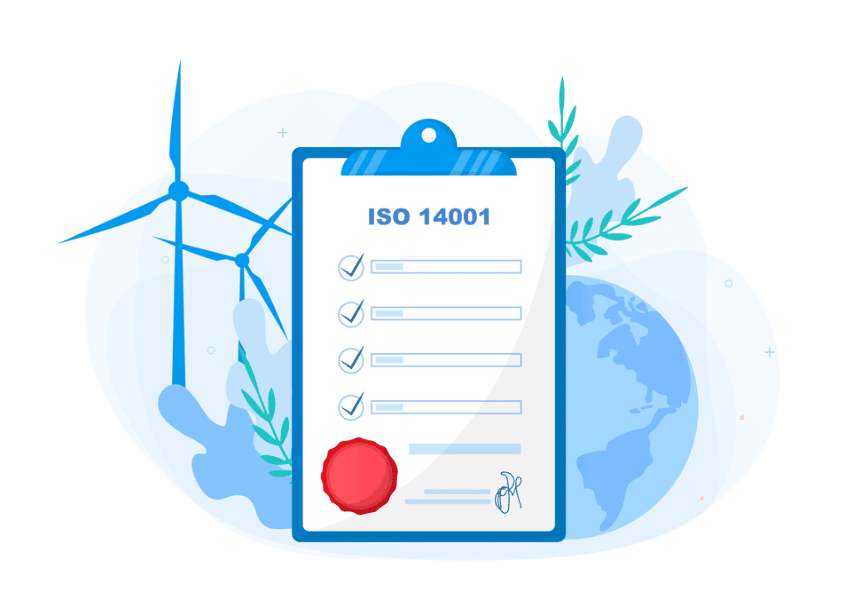Best Practices of the ISO 14001 Certification
While Climate change, soil contamination, erosions, air pollution, water pollution, etc., are declining the quality of the environment, the ISO 14001 certification was introduced by the ISO (International Organization for Standardization) to play a vital role in checking environmental consequences. The standard provides a framework for the best practices in the Environmental Management System (EMS). The EMS helps businesses manage or control their immediate and long-term environmental impacts.
The ISO 14001 Standard promotes best Practices
Here are the key best practices that the ISO 14001 Standard provides:
- Measuring the environmental footprint and controlling it.
- Assessing the risks of pollution and undertaking measures to control them.
- Efficient use of resources and ensuring sustainability.
- Meeting the statutory and legal environmental regulations.
- Developing an approach to continuous improvement of environmental performance.

The ISO 14001 Certification not only enables organizations to control their environmental impacts but also provides them with the following benefits:
- Ability to apply to tenders from big companies.
- Recognition in the industry and improved corporate reputation.
- Reduction in costs and improvement in inefficiency.
- Increase in the ability and trust of the customers.
Key Takeaway
To obtain the ISO 14001 Certification for your business, you must first implement the EMS. It may not be as easy as it seems. It is recommended to contact TUV Austria Bureau of Inspection & Certification (Pvt.) Ltd. specializes in ISO Certifications and has previously certified many organizations with ISO 14001. We will provide you with the necessary guidance and training to help you develop your EMS and then carefully implement it. Read More…